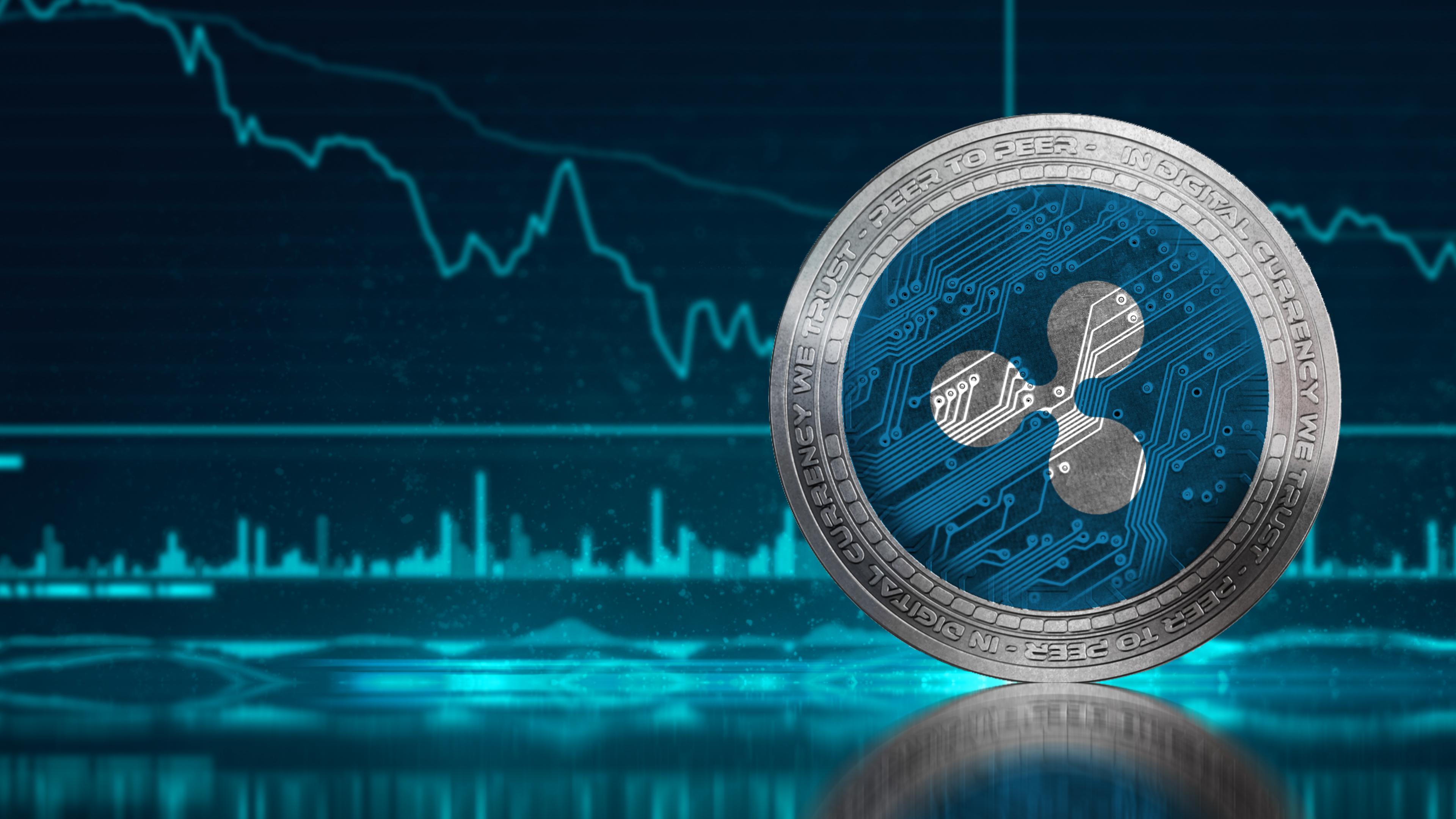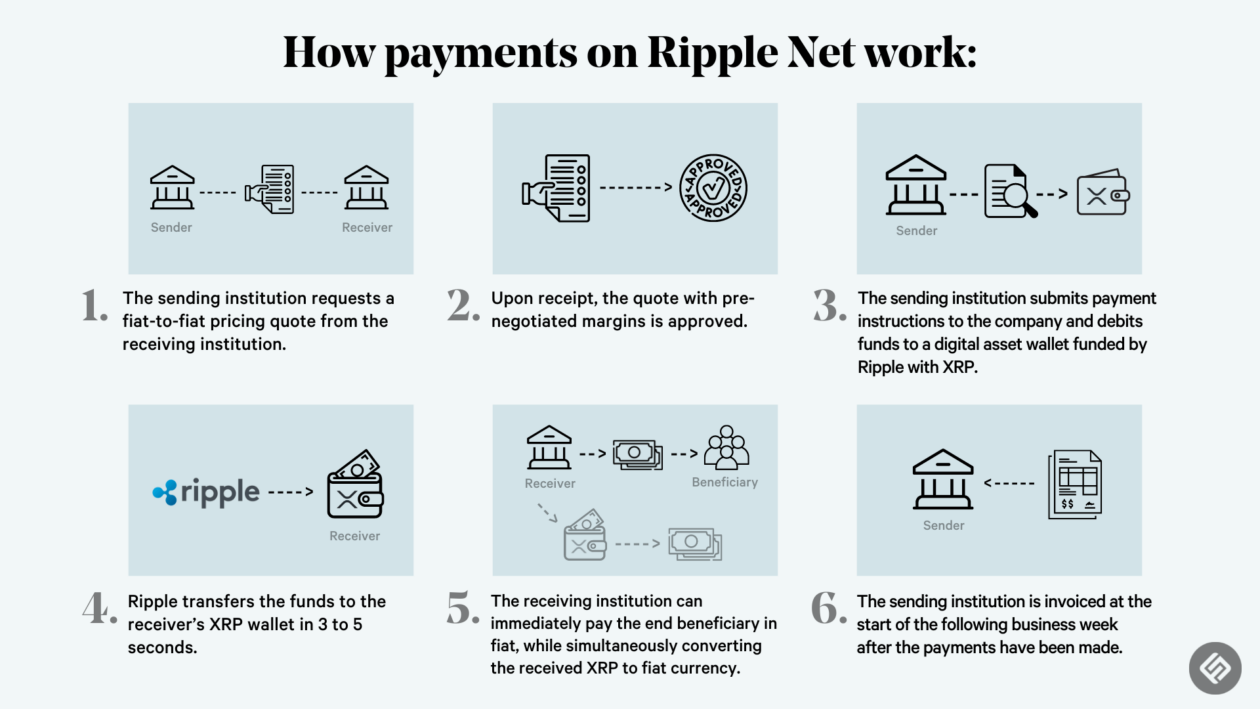Ripple and XRP: Ripple Xrp

Ripple is a global financial technology company that has developed a blockchain-based payment network and a cryptocurrency called XRP. The company was founded in 2011 by Jed McCaleb and Chris Larsen, with the aim of revolutionizing cross-border payments.
History of Ripple and XRP
Ripple’s journey began with the creation of a decentralized payment network called RippleNet. This network, launched in 2012, enabled financial institutions to send and receive payments quickly and efficiently across borders. To facilitate these transactions, Ripple introduced XRP, a digital asset designed to bridge different currencies and streamline global payments.
XRP’s Role in the Ripple Network
XRP plays a crucial role in the Ripple network, acting as a bridge currency for cross-border payments. Its key functionalities include:
- Fast and Efficient Transactions: XRP transactions are processed quickly, typically within seconds, compared to traditional bank transfers that can take days.
- Low Transaction Costs: XRP transactions have low fees, making them more cost-effective than traditional payment methods.
- Global Reach: XRP can be used to facilitate payments between any two currencies, eliminating the need for multiple conversions.
Ripple’s Technology Compared to Other Blockchain Platforms
Ripple’s technology differs from other blockchain platforms in several ways:
- Consortium-Based Network: Unlike decentralized blockchains like Bitcoin, Ripple’s network is a consortium-based system where participating financial institutions validate transactions.
- Pre-mined Cryptocurrency: XRP was pre-mined, meaning all coins were created at the outset, unlike Bitcoin, which is mined through a proof-of-work consensus mechanism.
- Focus on Institutional Adoption: Ripple focuses on providing solutions for financial institutions, aiming to streamline cross-border payments and improve efficiency in the global financial system.
Advantages and Limitations of XRP, Ripple xrp
XRP offers several advantages over other cryptocurrencies:
- Speed and Efficiency: XRP transactions are significantly faster and more efficient than traditional payment methods.
- Scalability: The Ripple network is designed to handle a high volume of transactions, making it suitable for large-scale adoption.
- Cost-Effectiveness: XRP transactions have low fees, making them more cost-effective than other cryptocurrencies.
However, XRP also has some limitations:
- Centralization: The Ripple network is not fully decentralized, as it relies on a consortium of financial institutions for transaction validation.
- Regulatory Uncertainty: XRP’s regulatory status is unclear in many jurisdictions, which could pose challenges for adoption.
- Limited Use Cases: While XRP is primarily used for cross-border payments, its use cases are still limited compared to other cryptocurrencies.
XRP’s Role in the Global Financial System

XRP, the native cryptocurrency of Ripple, has emerged as a potential game-changer in the global financial system. Its unique design and functionalities have sparked significant interest among financial institutions and businesses seeking to streamline cross-border payments and remittances.
Facilitating Cross-Border Payments and Remittances
XRP’s speed, efficiency, and low transaction costs make it an attractive option for facilitating cross-border payments and remittances. XRP’s decentralized nature allows for faster transaction processing, bypassing traditional intermediaries and their associated delays and fees.
“XRP’s speed and low transaction costs are particularly beneficial for remittances, where speed and cost efficiency are paramount.”
Streamlining Financial Transactions and Reducing Costs
XRP’s technology can significantly streamline financial transactions and reduce costs for institutions. Its distributed ledger technology (DLT) ensures transparency and security, reducing the need for intermediaries and associated costs.
“By eliminating intermediaries and streamlining processes, XRP can help institutions reduce transaction costs by up to 90%.”
Impact on International Trade and Global Finance
XRP’s potential impact on international trade and global finance is significant. Its ability to facilitate faster, cheaper, and more transparent cross-border transactions could lead to increased trade volume and economic growth.
“XRP’s potential to accelerate global trade and finance is evident in its adoption by major financial institutions, such as MoneyGram and Santander.”
Challenges and Regulatory Hurdles
Despite its potential, XRP faces challenges and regulatory hurdles in achieving mainstream adoption. Regulatory uncertainty and concerns about its decentralized nature pose obstacles to its widespread use.
“Regulatory clarity and a robust framework for cryptocurrencies are crucial for XRP’s long-term success.”
The Ripple Ecosystem and Community

The Ripple ecosystem encompasses a network of financial institutions, developers, and individuals who utilize Ripple’s technology and XRP to facilitate global payments and financial transactions. Ripple’s success is largely attributed to its strong partnerships and the active participation of its vibrant community.
Ripple’s Partnerships
Ripple has strategically partnered with various financial institutions and governments worldwide to integrate its technology and facilitate cross-border payments. These partnerships play a crucial role in expanding Ripple’s reach and adoption within the global financial system.
- Financial Institutions: Ripple has partnered with leading banks and financial institutions, including Santander, American Express, and MoneyGram, to streamline their cross-border payment processes. These partnerships leverage Ripple’s technology to enable faster, more cost-effective, and transparent transactions.
- Governments: Ripple has also collaborated with governments to explore the potential of blockchain technology for financial inclusion and economic development. For instance, Ripple has partnered with the government of Bhutan to develop a digital currency for the country.
The Role of the XRP Community
The XRP community is a vital component of the Ripple ecosystem, contributing to the development and adoption of XRP. The community’s active engagement in various aspects, such as technical development, advocacy, and education, has significantly influenced XRP’s growth and adoption.
- Technical Development: The XRP community actively participates in the development of XRP, contributing to its open-source codebase and proposing new features and improvements. This collaborative approach fosters innovation and ensures the continuous improvement of the XRP network.
- Advocacy and Education: XRP community members engage in advocacy efforts to promote the adoption of XRP and educate the public about its benefits and potential. This includes sharing information about XRP’s technology, use cases, and value proposition.
Applications and Use Cases of XRP
XRP’s versatility extends beyond traditional finance, finding applications in various industries and use cases. The cryptocurrency’s speed, low cost, and scalability make it a suitable solution for various financial and non-financial applications.
- Micropayments: XRP’s low transaction fees make it ideal for micropayments, facilitating payments for online content, gaming, and other digital services.
- Remittances: XRP’s speed and efficiency make it an attractive option for remittances, enabling faster and more cost-effective cross-border money transfers.
- Trading and Exchange: XRP’s liquidity and accessibility make it a popular choice for trading and exchange platforms, facilitating seamless conversion between different cryptocurrencies and fiat currencies.
- Decentralized Finance (DeFi): XRP’s integration into DeFi protocols enables the creation of new financial products and services, such as lending, borrowing, and asset management.
Timeline of Significant Events
Ripple and XRP have witnessed significant milestones and events throughout their history, contributing to their current position in the cryptocurrency landscape.
| Date | Event |
|---|---|
| 2011 | Ripple Labs founded by Jed McCaleb and Chris Larsen. |
| 2012 | XRP, Ripple’s native cryptocurrency, is released. |
| 2014 | RippleNet, a global network for financial institutions, is launched. |
| 2017 | XRP experiences significant price growth, becoming one of the top cryptocurrencies by market capitalization. |
| 2018 | Ripple partners with MoneyGram, a leading global money transfer company. |
| 2019 | Ripple launches xRapid, a solution for cross-border payments using XRP. |
| 2020 | Ripple faces legal challenges from the U.S. Securities and Exchange Commission (SEC). |
| 2021 | Ripple continues to expand its global reach, partnering with various financial institutions and governments. |
Ripple XRP, a digital asset with the potential to revolutionize global finance, is making waves in the world of blockchain technology. Like the WHO’s efforts to track the COVID-19 pandemic , XRP aims to bring transparency and efficiency to cross-border payments, paving the way for a more interconnected and secure financial future.
Ripple XRP, with its focus on global financial inclusion, might be an unexpected source of optimism for those waiting for the 2025 Social Security cost-of-living adjustment. Imagine a future where XRP’s fast and affordable transactions empower retirees to access their benefits faster and more efficiently, offering a glimpse of financial freedom in an era of evolving technology.
